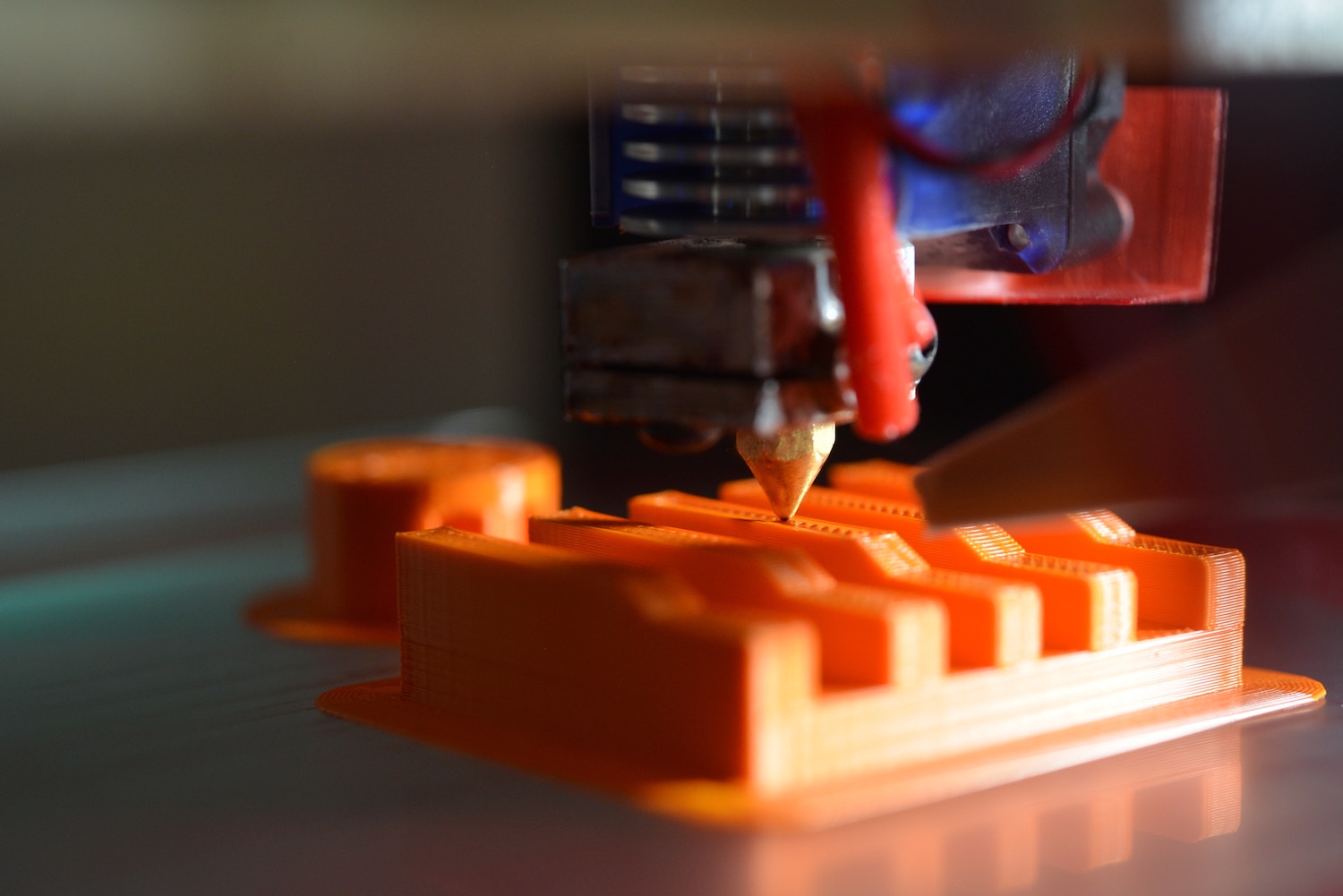Rapid progress has been made in 3D printing in recent years. It doesn’t matter whether it’s a house, a car or cheesecake – everything can be done are now “printed”. And that is just the beginning.
When it comes to 3D printing, many people first think of the small 3D printers that more and more hobbyists call their own and use them to produce all sorts of practical things – be it a deodorant holder, a custom-made cutlery insert for the kitchen drawer or a smartphone holder.
But with the constant advances in materials and printing techniques, the areas of application are now almost unlimited. We looked at the areas in which 3D printing is already being used today.
Bioprinting: Organs and tissues from the 3D printer
One of the most intriguing applications of 3D printing is bioprinting, in which living cells and biological materials are formed into complex structures such as organs and tissues. For example, researchers at the Wake Forest Institute for Regenerative Medicine (WFIRM) have developed a 3D printer that can print human tissue and even organs such as liver, kidneys and heart tissue. Meanwhile, as early as 2019, Israeli scientists printed a mini-heart using bio-ink, which consists of biological polymers and resembles the human body.
Of course, it will still be a long time before technological progress actually makes organ donation obsolete, but sooner or later 3D printing will revolutionize medicine.
Space travel: 3D printing in space
In March 2023, the world‘s first 3D printed rocket took off from Cape Canaveral, Florida. Although the test flight did not go as planned, as the unmanned “Terran 1” crashed into the sea after only three minutes of flight time, it is still impressive when you consider that most of the components of the 33-meter-high rocket came from huge 3D printers.
Meanwhile, several years ago, NASA launched a project called “Refabricator,” which installed a 3D printer on the International Space Station (ISS). This device allows astronauts to print tools and spare parts directly on board, saving both time and resources.
Environmental protection: sustainable materials and recycling
Speaking of saving resources: 3D printing also offers great potential in the area of environmental protection. Companies like Dutch start-up Reflow are developing sustainable filaments made from recycled plastic to reduce the industry’s environmental footprint. In addition, there are initiatives such as “The Plastic Bank”, which collects plastic waste in developing countries and converts it into 3D printing materials. These can then be used on site to build houses, furniture or other useful items, which protects the environment and creates jobs at the same time.
Aside from recycling, 3D printing in manufacturing also reduces material loss and waste. Because only what is needed is printed.
Construction and architecture: 3D printed houses and infrastructure
The construction industry is already experimenting diligently with 3D printing. It’s not just about the production of components, no, whole houses and even settlements are printed.
In the US state of Texas, 3D printers have been building an entire settlement since 2022. 100 single-family houses will be built in this way, which will also be better protected against earthquakes and severe storms than conventional houses.
By the way, Germany’s first house from the 3D printer is in Beckum, Westphalia. The 160 square meter building was printed in just 100 hours, just over four days.
3D printing in the kitchen: the future of gastronomy
In the catering industry, 3D printing is opening up completely new ways of preparing and presenting food. With the help of 3D printers, food can be produced in creative shapes and structures that were previously difficult or impossible to create by hand. Edible ingredients such as chocolate, dough, mashed vegetables and even meat can be fed into the printer and then built up layer by layer into unique creations. This opens up new possibilities in the food industry, from personalized cakes and desserts to complex dishes.
Only recently was a dish made from seven different ingredients using a 3D printer and laser heating for the first time. Crackers, a paste, peanut butter, Nutella, mashed bananas, strawberry jam and icing were combined in the right amount and layered by a robot into a cake-like structure. The result may not have been the healthiest cake, but it is proof that 3D printing has a bright future ahead of it in this area as well.
